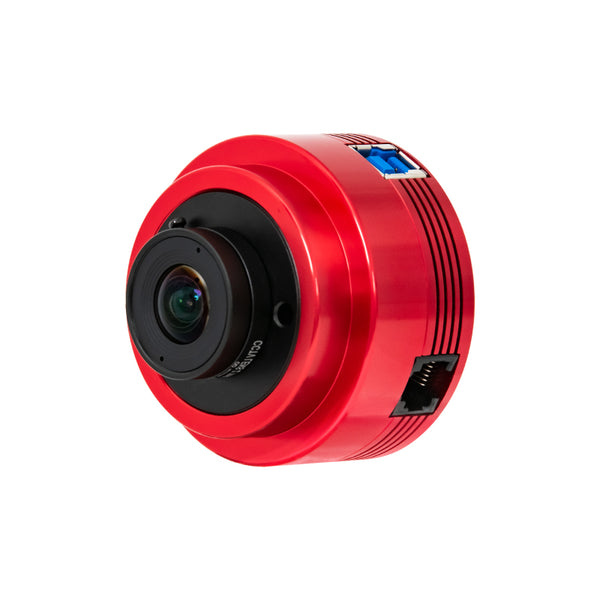
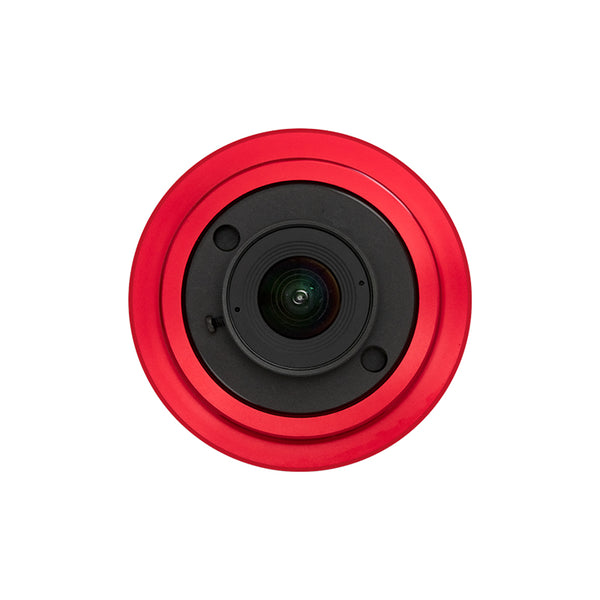
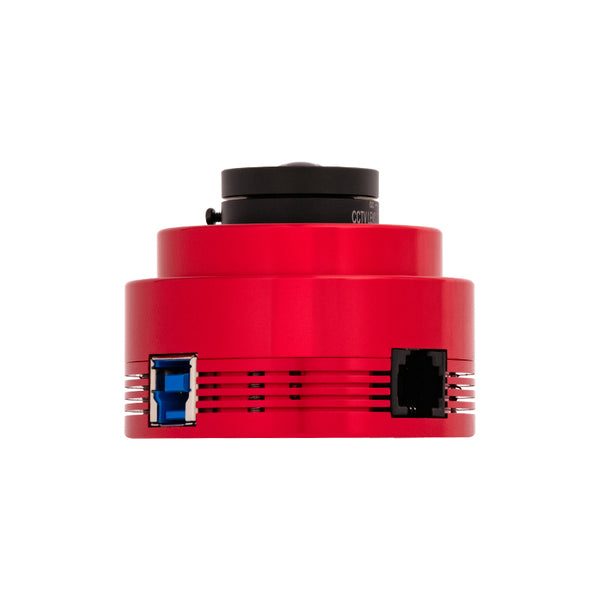
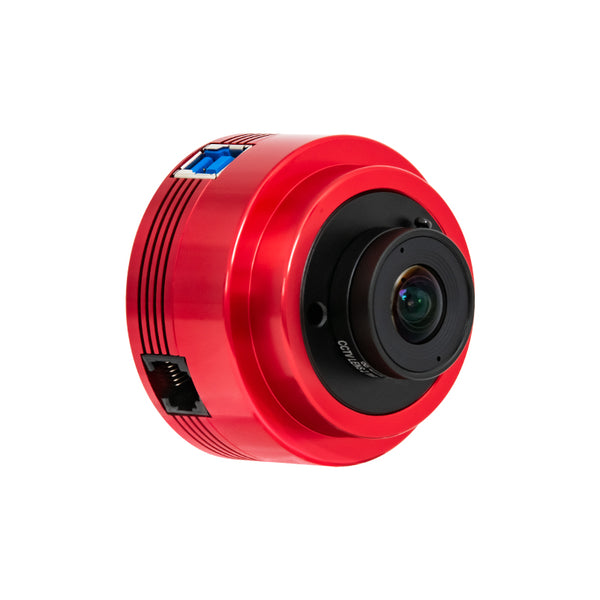




Why Purchase from All-Star Telescope?
Free Expert Support
Whether you are a first timer needing help with setting up or an enthusiast that can't quite make that one thing work, our expert staff are ready to support your needs. With decades of knowledge and first hand experience we've been there and we can help you through it!
Stress Free, Secure Transactions
You can trust purchasing and delivery with All-Star Telescope. All of our transactions are 100% secure and Level 1 PCI DSS compliant thanks to Shopify's ShopPay platform. For additional protection, we insure 100% of the value of every shipment we make. If it get's lost during shipment, we replace it. If it gets damaged during shipment, we replace it. We make sure your product arrives exactly as you would expect it to; we promise.
We also ensure privacy protection. We never keep any of your credit card information on file and any of your personal data is stored according to our policies.
30 Day Return Policy
Buy with confidence knowing that we accept returns up to 30 days after purchase. We want you to have something you will actually use and we are confident that we keep good quality products in our store with No Junk.
Price Match Promise
Shipping around for the best price is tough, we make it easier by offering the best pricing in the market. But if you find a better price on an in-store item somewhere else we will match it!
Description du produit
The ASI662MM is equipped with the Sony-IMX662 rolling shutter CMOS. Boasting a 1/2.8" frame size combined with a 2.9μm pixel size, it features 2.07 million pixels (1920×1080), and possesses both high sensitivity and low read noise characteristics. In high-speed mode, it can output 107.6 frames per second, providing reliable support for planetary observation.

Large Full Well Capacity, Not Easy to Overexposure
The ASI662MM adopts Sony lMX662 sensor with the latest technology. Compared to the previous generation of sensors, it has very low readout noise and an extreme large full well capacity. This helps effectively avoid overexposure issues and also allow longer exposures. In low light conditions, the camera performs excellent, capturing very clear images of celestial objects.
An Upgraded ASI462MM
The ASI662MM is an upgraded product of the ASI462MM. Compared with ASI462MM, it has a greater full well depth and zero amp glow.
| Model | ASI662MM | ASI462MM |
| Color or Mono | Mono | Mono |
| With or Without Glow | Without | With |
| Format | 1/2.8" | 1/2.8" |
| Resolution | 1920*1080 | 1936*1096 |
| Pixel Size | 2.9μm | 2.9μm |
| Readout Noise | 0.8e (1.22e@19db gain) |
0.47~2.46e (0.47e@45db gain) |
| QE Peak | 91% | 89% |
| Full Well | 38.2ke | 11.2ke |
| ADC | 12bit | 12bit |
| Back Focus | 12.5mm | 12.5mm |
| MAX FPS | 107.6fps | 136.1fps |
| Diagonal | 6.45mm | 6.46mm |
Other Key Features
256MB DDR3 & USB 3.0
The camera is equipped with a USB 3.0 transmission interface and a built-in 256MB DDR3 cache to ensure stable and secure data transmission.
No Amp Glow
The ASI662MM exhibits zero amp glow, no matter how long the exposure and how high the gain value. Since it is implemented directly at the hardware level, it does not require software control.

Camera Curve
Readout noise includes pixel noise, circuit noise, and ADC quantization noise. The lower the readout noise, the better. As can be seen, the readout noise of the ASI662MM is very low compared to CCD camera. The built-in HCG mode can effectively reduce the readout noise at high gain and allow the camera to maintain the same high dynamic range as it does at low gain. When the gain is 252, the HCG mode is automatically turned on and the dynamic range to 11 stops.

Quantum Efficiency
The QE curve and readout noise are very important parameters to measure the camera's performance. Higher QE and lower readout noise are necessary to improve the image signal-to-noise ratio. Based on internal testing and calculation, the peak quantum efficiency of ASI662MM is 91%.

Qu'y a-t-il dans la boite
Specifications
| Sensor | 1 / 2.8" CMOS Sony-IMX662AAQR-M |
| QE peak | 91% |
| Back focus length | 12.5mm |
| Max fps | 107.6fps |
| Full well | 38.2Ke |
| Shutter | Rolling shutter |
| Resolution | 2.07Mega Pixel (1920*1080) |
| Pixel Size | 2.9µm |
| Exposure Range | 32μs~2000s |
| Interface | USB 3.0 /USB 2.0 Type-B |
| Protect window | φ21-1.1 AR |
| ADC | 12bit |
| Dimension | 5.568mm*3.132mm |
| Weight | 126g |
| Working Temperature | -5°C~50°C |
| Storage Temperature | -10°C~60°C |
| Working Relative Humidity | 0-80% |
| Supported OS | WIN7/8/10 32&64, Linux, Mac |
Dimensions

Articles, vidéos et liens supplémentaires
External Links
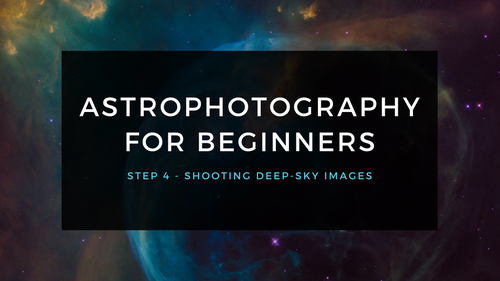
Astrophotographie pour les débutants Étape 4 : Prendre des images du ciel profond
Prendre des photos du ciel profond peut être intimidant, heureusement, il existe un processus simple à suivre pour vous permettre d'obtenir de superbes photos ! Voici le processus typique pour pren...
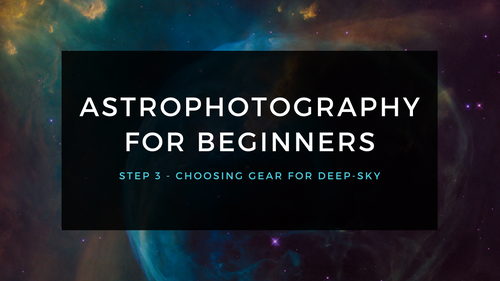
Astrophotographie pour les débutants Étape 3 : Choisir l'équipement pour l'imagerie du ciel profond
L'utilisation d'un capteur d'étoiles vous permet d'acquérir de l'expérience avec les principes fondamentaux de l'imagerie du ciel profond. Tirer sur la Lune vous permet d'acquérir de l'expérience ...
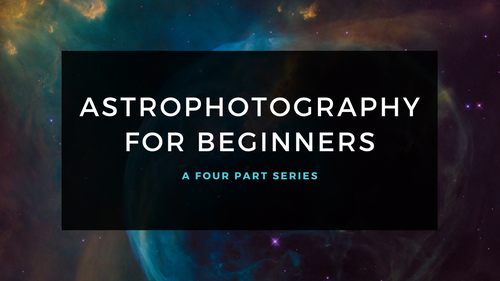
Astrophotographie pour les débutants - Commencer ici : Entrer dans l'astrophotographie étape par étape
Photographier le ciel nocturne n'a jamais été aussi populaire, ni aussi facile. Le choix d'équipement n'a jamais été aussi meilleur, ni plus abordable. Cependant, selon les conseils donnés par Dick...
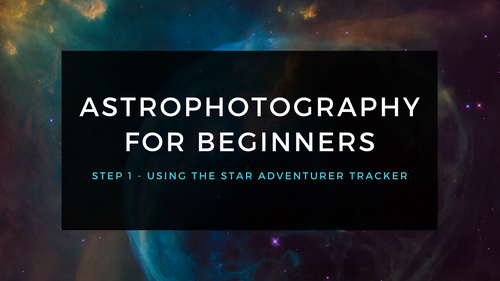
Astrophotographie pour les débutants Étape 1 : Utilisation du Star Adventurer Tracker
Le moyen de loin le plus économique et le plus simple de capturer de belles images de la Voie lactée et de grands objets du ciel profond comme la galaxie d'Andromède (illustré ici) est d'utiliser u...
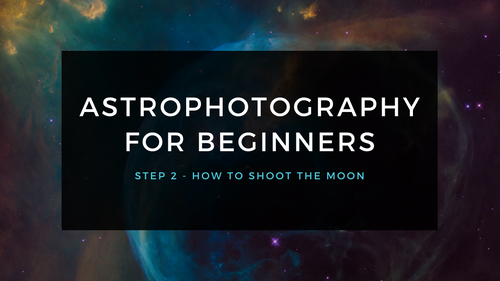
Astrophotographie pour les débutants Étape 2 : Comment photographier la Lune
Les gros plans de la Lune sont gratifiants et constituent un moyen facile d'apprendre à photographier à travers votre télescope. Bien que de bons résultats soient possibles avec un appareil photo d...


